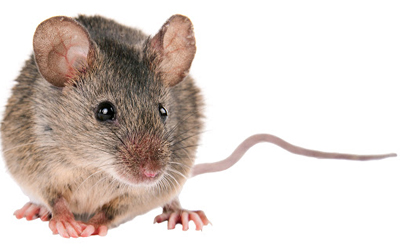House Mouse
Scientific Name: Mus musculus (Linnaeus)

Description: The house mouse is the most common and economically important commensal (i.e., living in close association with humans) rodent. The house mouse is gray and it weighs one half to one ounce. The body is three to four inches long and the tail three to four inches long. The muzzle is pointed, the ears are large, the eyes and body are small. Typically, the house mouse is slightly smaller than deer mice. Adult droppings are 1/8 to 1/4 inch long and rod-shaped with pointed ends.
Biology: The female house mouse reaches sexual maturity in 35 days and averages eight litters per year, each of which averages six young. Thus, with 30-35 weaned mice per year, populations build up rapidly. They typically produce their largest litters in the spring, depending on climatic conditions and begin to breed at five to six weeks of age. The life span is one year.
Habits: House mice are found throughout the Philippines. They are good climbers, jump 12 inches high and can jump down from eight feet. House mice easily squeeze through holes and gaps wider than 1/4 inch. They are very social in their behavior, very inquisitive about things in their environment and readily explore anything new.
Control: During the inspection look for signs of activity such as droppings and rub marks; however, marks left by house mice are less noticeable than those produced by rats. Entry holes should be sealed 1/4 inch hardware cloth, sheet metal or metal wool.
